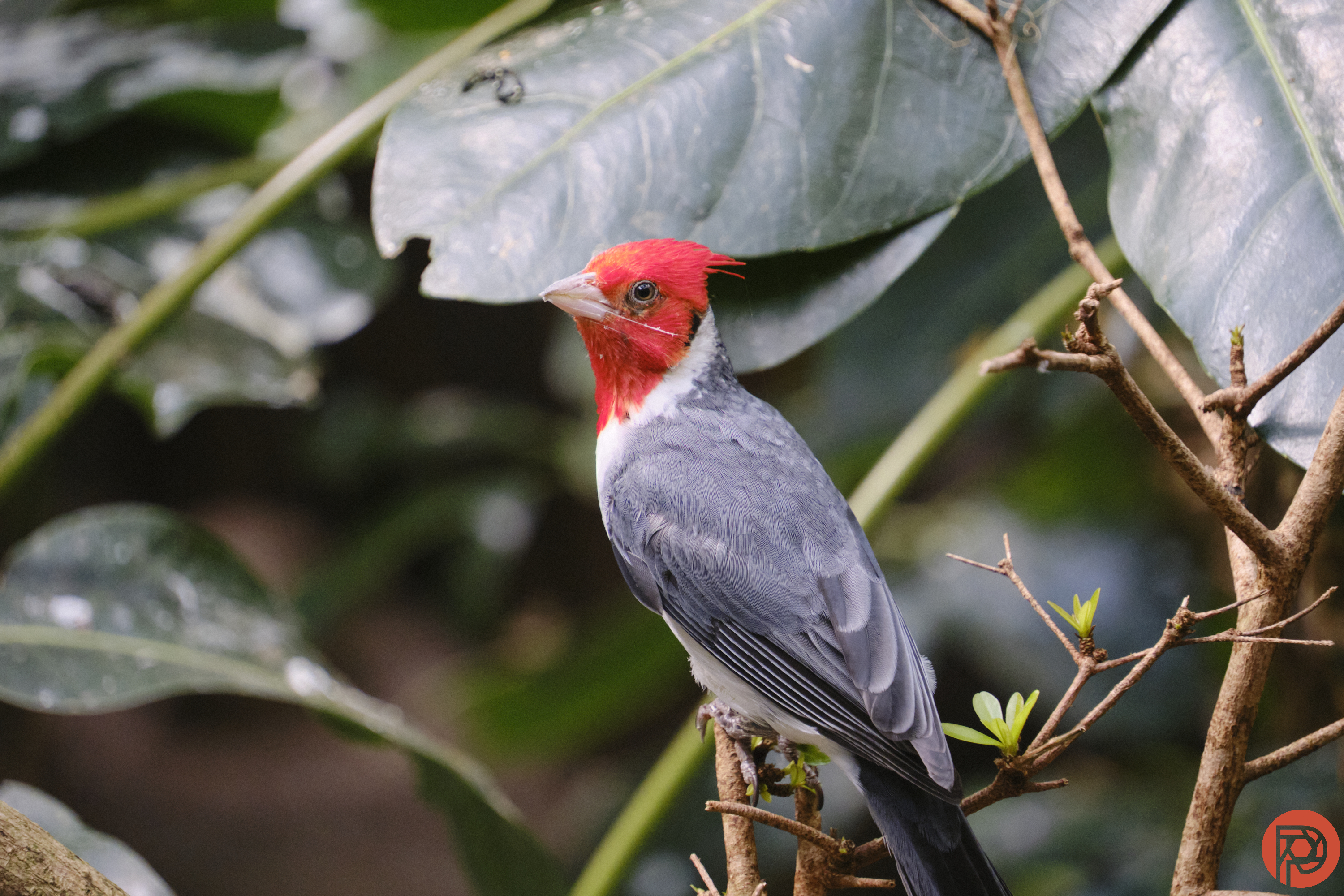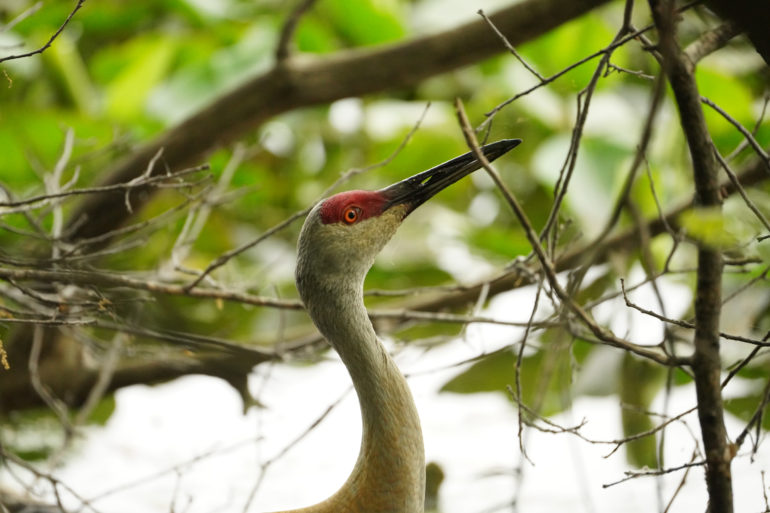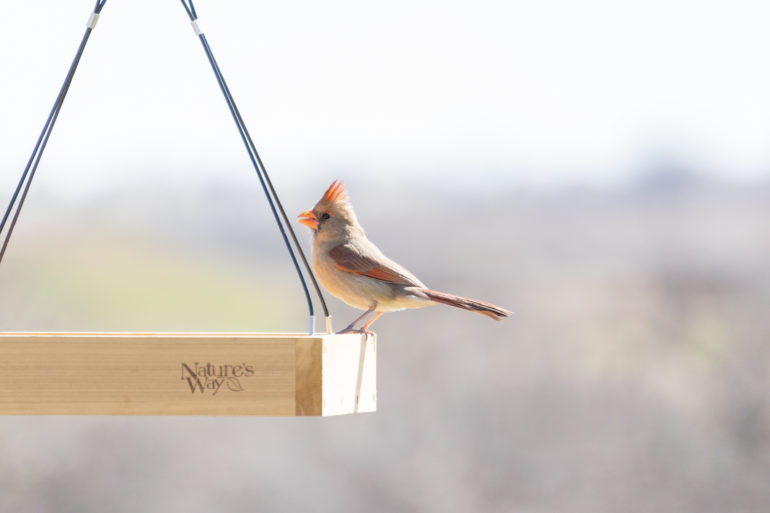It’s no secret that wildlife photography really requires a telephoto lenses. Some think those lenses can be big and cumbersome. But in recent years, that hasn’t been the case. These lenses have become much lighter and easier to manage. What’s more, it’s easier to handhold a telephoto lens for wildlife photography because of the tech inside. In this short tutorial, we’re going to talk about good practices and introduce you to some of that tech.
The Settings
The big thing to remember when you’re going to handhold a telephoto lens is the reciprocal rule of shutter speeds. This rule states that in order to achieve a stable image devoid of camera shake, you must shoot at a shutter speed reciprocal of the focal length setting. What does that mean? If you’re using a 100mm lens on a full-frame 35mm sensor body, you need to set your shutter speed to at least 1/100th to produce an image that contains no camera shake when shooting handheld. Vibration compensation is something found in the Tamron 150-500mm f5-6.7 Di III VC VXD This rule translates into a shooting at a minimum of 1/500th on the longer end. But then consider the vibration compensation, which negates some of the camera shake for at least a stop in real-life use, allowing a lower shutter speed.
If you’re shooting with an APS-C camera, then you need to take the focal length and multiply it by 1.5x. That means a 100mm lens on an APS-C camera will require at least 1/150th. Again though, vibration compensation like what’s found in the Tamron 18-300mm f3.5-6.3 Di III-A VC VXD can help immensely. In real-life shooting situations, you’ll be shooting at at least 1/450th. If you add on the vibration compensation, you can probably shoot slower.
However, you probably won’t want to shoot slower unless you’re panning with the camera and your subject to get a blur effect.
Then you need to consider what is required to handhold a telephoto lens for wildlife. Practically speaking, 1/100th isn’t going to cut it. You’ll have to raise your ISO levels and shoot at at least 1/1000th of a second to stop any subject motion. This will help freeze the animal’s movement and also prevent camera shake. For even better results, use it in mechanical shutter mode. I do this regularly when shooting with my Tamron 70-300mm f4.5-6.3 Di III RXD lens.
Tuck the Elbows in at All Times
On top of all this, always make sure that your elbows are tucked in close your body. This gives you the most stability when you handhold a telephoto lens for wildlife photography. If you’re shooting vertically, try to do the same thing. At least you can be assured that the vibration compensation is going to assist.
In the end, getting the tack sharp photos that you see in your news feeds is pretty easy to do with the right tech in your hands. But we should always remember the basics. Practicing the basics helps us learn good habits when shooting and makes sure that we can still rely on ourselves as photographers. Good camera gear only makes your skillset better.
This piece is presented in partnership with TAMRON. We’ve independently and ethically reviewed all the products in this post already without sponsorship. And we worked with them to recommend a few key gems to you.





